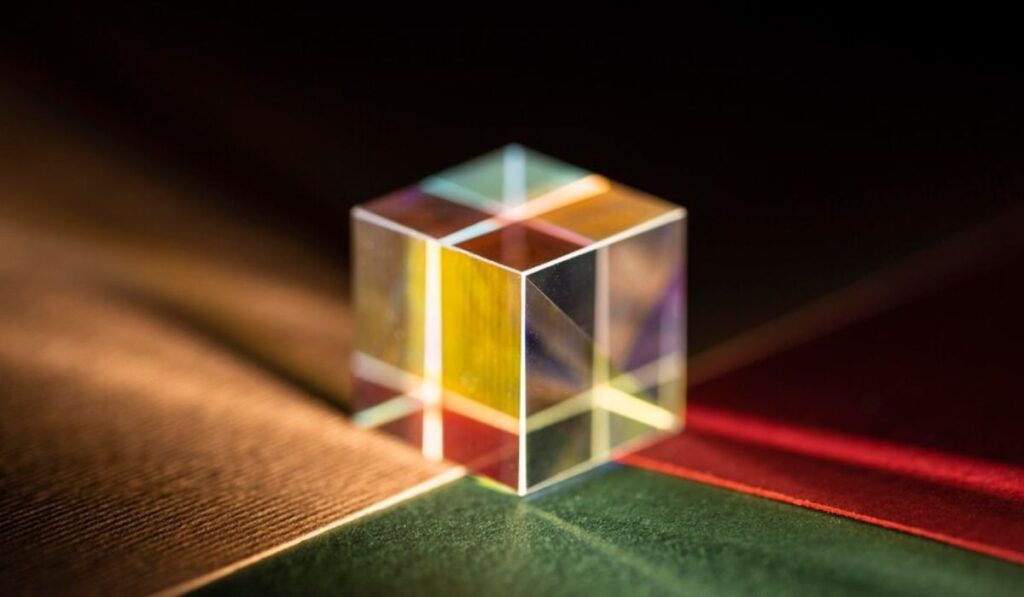The Mirror Cube, also known as the Mirror Blocks or Bump Cube, is a 3x3x3 twisty puzzle that brings a unique twist to the traditional Rubik’s Cube. Unlike the classic Rubik’s Cube, the Mirror Cube’s pieces vary in size and shape, which alters the puzzle’s appearance when scrambled. This intriguing variation adds a new layer of complexity and visual appeal, making it a favorite among puzzle enthusiasts.
Origins and Design
The Mirror Cube was invented by Hidetoshi Takeji in 2006. Takeji’s innovation was to take the standard Rubik’s Cube mechanism and alter the dimensions of the individual pieces. Instead of different colors, the Mirror Cube uses reflective stickers or surfaces, usually in silver or gold. This design means the puzzle looks uniform when solved but becomes an asymmetrical, uneven structure when scrambled.
Solving Mechanism
The Mirror Cube’s solution method is fundamentally similar to that of the classic Rubik’s Cube, relying on the same algorithms and techniques. However, the key difference lies in recognizing the shapes and sizes of the pieces rather than their colors. Solvers need to pay close attention to the varying heights and lengths of the pieces to restore the cube to its original, uniform shape.
- Cross Formation: The first step involves forming a cross on one face of the cube. Unlike the Rubik’s Cube, where you match colors, here you align pieces by their sizes and shapes to create a uniform cross.
- Solving the Corners: Next, the solver positions the corner pieces of the cross face. Each piece’s unique shape must fit perfectly with its adjacent pieces, requiring a keen eye for detail and spatial awareness.
- Middle Layer Edges: The middle layer edges are then solved, similar to the classic method, but again, focusing on fitting the correct shapes together.
- Final Layer: The final layer involves orienting and positioning the last pieces to achieve the uniform cubic shape. Advanced algorithms may be required to permute the last layer pieces correctly.
Challenges and Benefits
The Mirror Cube offers several challenges and benefits:
- Visual Complexity: The lack of color cues makes the Mirror Cube more visually challenging. Solvers must rely entirely on spatial reasoning and shape recognition, which can be more difficult but also more rewarding.
- Enhanced Spatial Awareness: Regular practice with the Mirror Cube enhances one’s spatial awareness and problem-solving skills. The ability to visualize and manipulate three-dimensional objects is a valuable cognitive skill.
- Aesthetic Appeal: The Mirror Cube’s reflective surface adds an aesthetic dimension that many solvers find appealing. The puzzle looks striking both in its solved state and when scrambled, making it a great addition to any collection.
Popularity and Community
The Mirror Cube has garnered a significant following within the cubing community. It is often featured in cubing competitions and has inspired various modifications and customizations. Enthusiasts share their solving techniques, algorithms, and records on forums and social media platforms, fostering a vibrant and supportive community.
Conclusion
The Mirror Cube is more than just a variation of the Rubik’s Cube; it is a unique puzzle that challenges the solver’s spatial reasoning and problem-solving abilities in new ways. With its distinctive design and reflective surfaces, it offers both visual and intellectual stimulation. Whether you are a seasoned cuber or a novice looking for a new challenge, the Mirror Cube is sure to provide hours of engaging and rewarding puzzle-solving experience.







